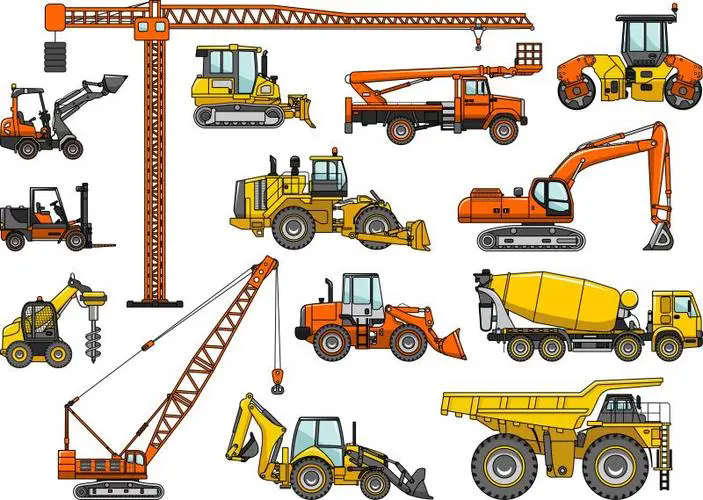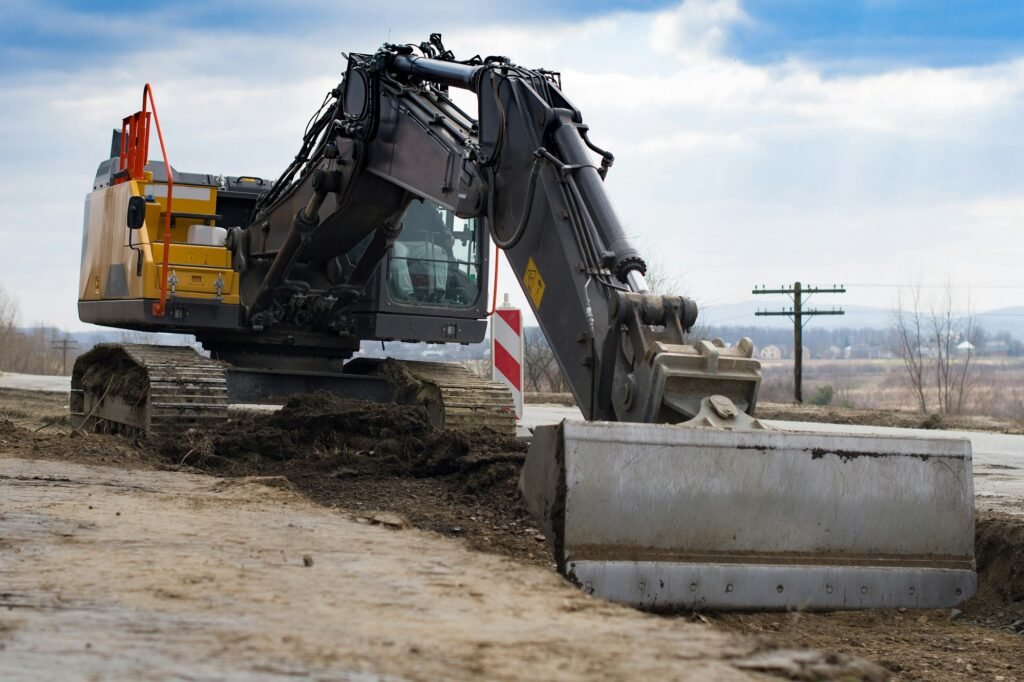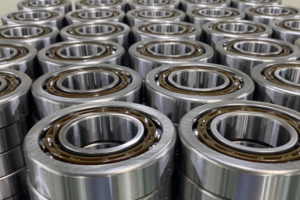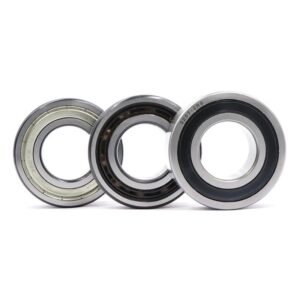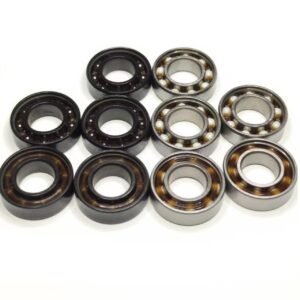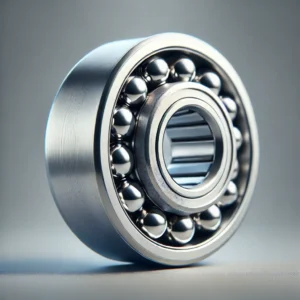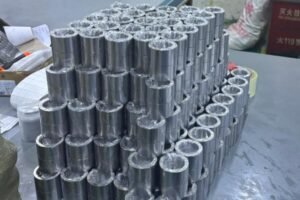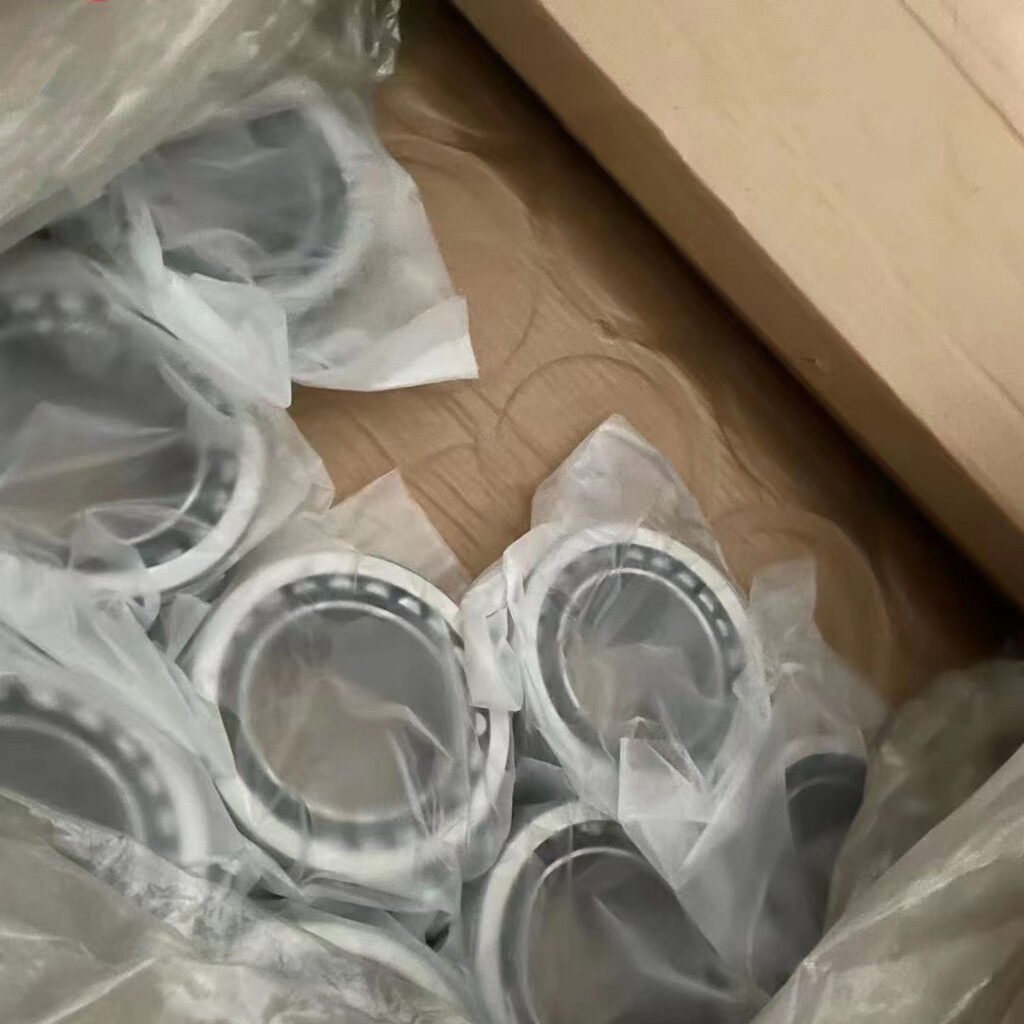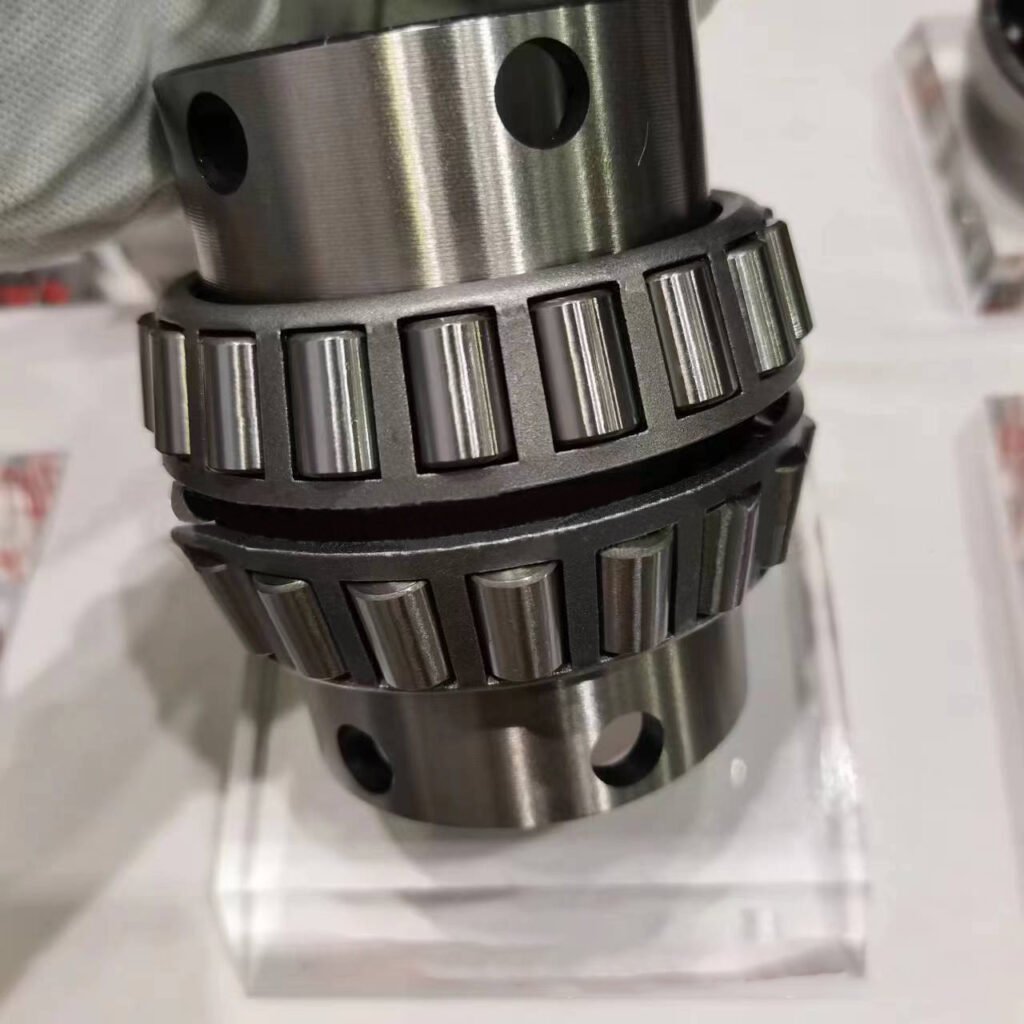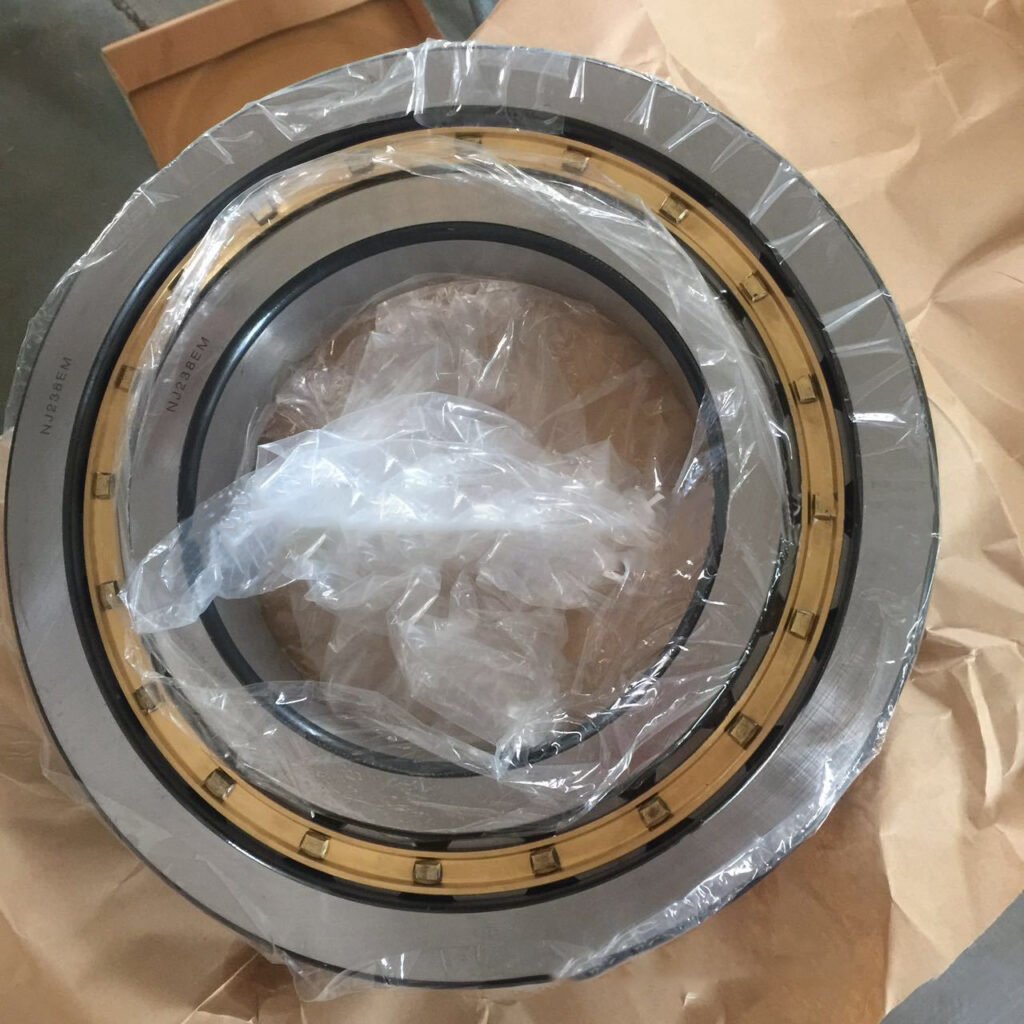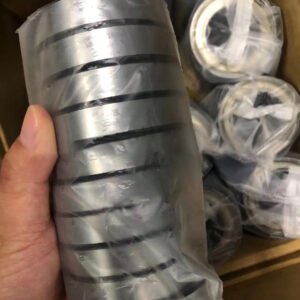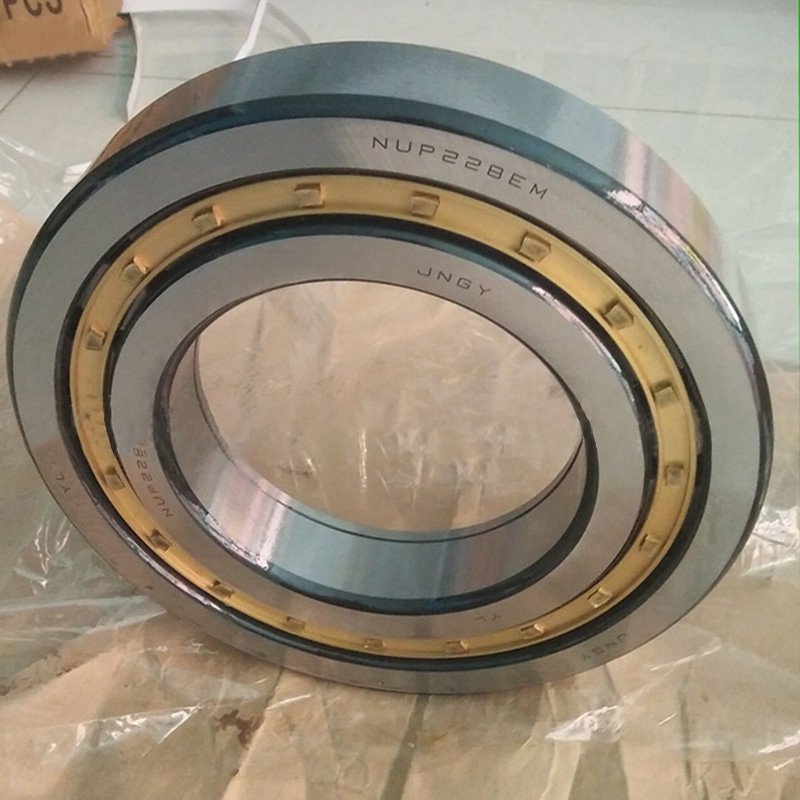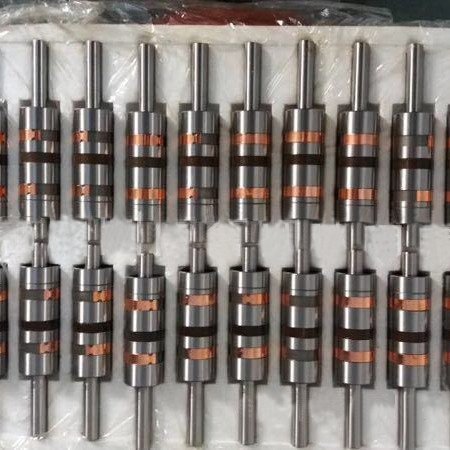Deep groove ball bearings are one of the more common types in the bearing industry. They are used in many industries, but most people still have only a limited understanding of deep groove ball bearings. Customers often ask us about various issues related to deep groove ball bearings. Today, our bearing application engineer decided to take the time to write a professional article about deep groove ball bearings to help everyone better understand deep groove ball bearings.
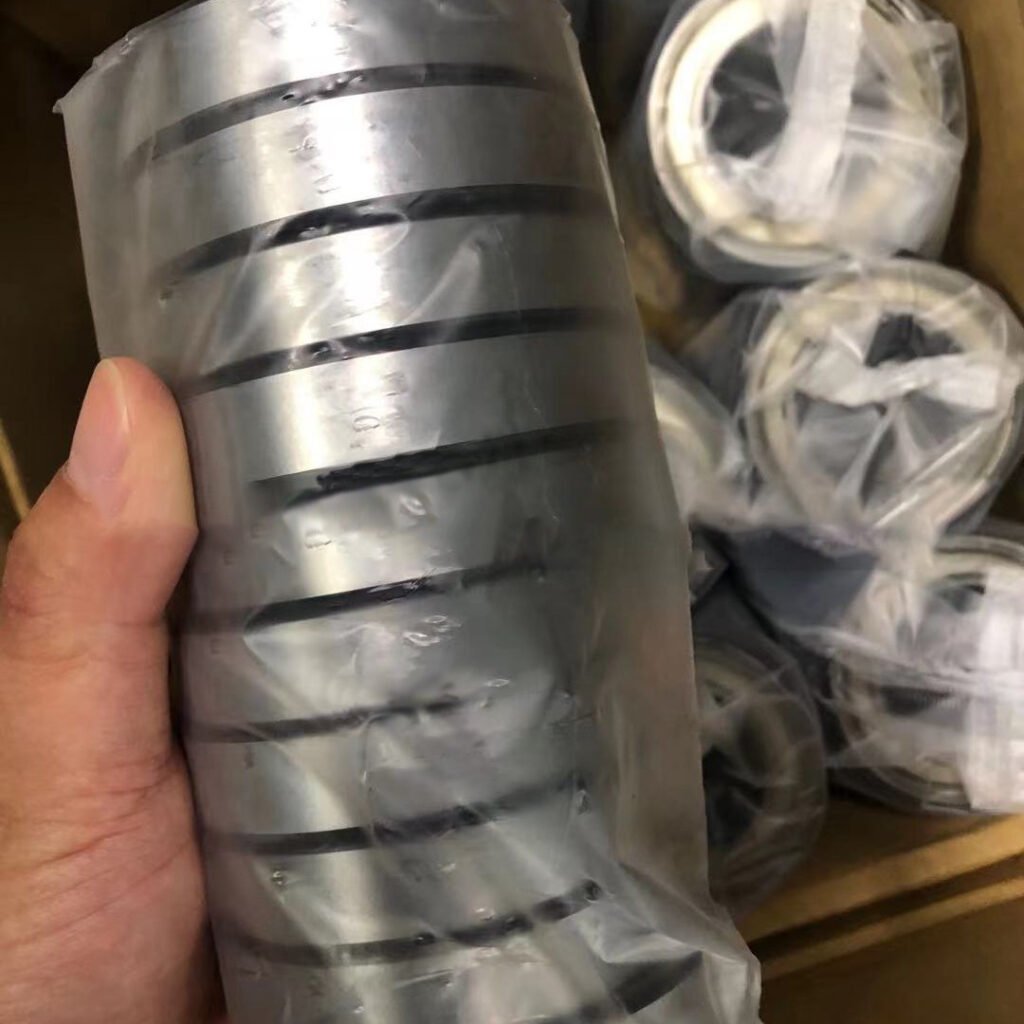
Characteristics of deep groove ball bearings
Deep groove ball bearings are representative rolling bearings. Compared with other types of bearings of the same size, deep groove ball bearings have a small friction coefficient, high speed, simple structure, low manufacturing cost, high precision, no need for frequent maintenance, and a wide range of sizes and various forms. They are a widely used type of bearings. They mainly bear radial loads and can also bear certain axial loads. When they only bear radial loads, the contact angle is zero.
After the deep groove ball bearing is installed on the shaft, the axial displacement of the shaft or housing in both directions can be limited within the axial clearance range of the bearing, so it can be axially positioned in both directions. When the deep groove ball bearing has a large radial clearance, it has the performance of an angular contact bearing and can withstand a large axial load. Under high-speed operating conditions with a large axial load, the deep groove ball bearing has better performance than the thrust ball bearing. In addition, this type of bearing also has the ability to self-align. When it is tilted 2′ to 10′ relative to the housing hole, it can still work normally, but it has some impact on the bearing life.
I also introduced the difference between deep groove ball bearings and angular contact bearings in another article of mine, which can be read by clicking the safe link below.
Application of deep groove ball bearings
Deep groove ball bearings are one of the most commonly used types of bearings due to their versatility and efficiency. Here are some key application areas:
1. Automotive Industry
- -Electric motors: Used in electric vehicle motors and alternators.
- Gearboxes: Essential for smooth power transmission.
- Wheels and axles: Ensures smooth rotation and reduces friction.
2. Industrial Machinery
- -Conveyors: Found in conveyor systems in factories for efficient movement of goods.
- -Pumps: Used in centrifugal and other types of pumps to handle axial and radial loads.
- -Compressors: Helps in the smooth operation of compressors in manufacturing processes.
3. Household Appliances
- -Washing machines: Reduces friction in the spinning drum.
- -Refrigerators: Used in fan motors to ensure quiet and efficient operation.
- -Vacuum cleaners: Provides smooth movement in motors and rotating parts.
4. Aerospace
- -Aircraft engines: Withstand high speed and loads in turbine engines.
- -Landing gears: Ensures smooth and safe landing operations.
- -Avionics: Provides precise movement in control surfaces and instruments.
5. Electric Motors
- -Small motors: Used in fans, mixers, and other small appliances.
- -Large motors: Employed in industrial motors for power generation and machine operations.
6. Agricultural Equipment
- -Tractors and harvesters: Ensures reliable operation under heavy loads and harsh environments.
- -Soil tilling machines: Supports rotating parts to improve performance in the field.
7. Medical Devices
- -Imaging equipment: Found in rotating parts of MRI, CT scanners, and X-ray machines.
- -Dental tools: Used in high-speed drills and other precision instruments.
8. Renewable Energy
- -Wind turbines: Vital for the smooth rotation of turbine blades.
- -Solar trackers: Facilitates the movement of solar panels to track the sun.
9. Material Handling
- -Cranes: Ensures reliable operation under heavy loads.
- -Forklifts: Helps in efficient movement of lifting mechanisms.
10. Marine Applications
- -Propulsion systems: Used in boat engines and propeller shafts for smooth operation.
- -Winches: Ensures efficient handling of ropes and cables in marine environments.
Installation method of deep groove ball bearings
Lubrication: Apply the appropriate amount of lubricant (grease or oil) to the bearing before installation unless it comes pre-lubricated.
1. Cold Installation Method
This is the most common method and can be used for small to medium-sized bearings.
- Tools Required: Pressing tool, soft mallet, or bearing fitting toolset.
- Steps:
- Align the Bearing: Make sure the bearing is aligned perfectly with the shaft or housing to avoid misalignment.
- Press the Bearing: Use a press or a bearing fitting toolset to apply even pressure on the outer ring when installing into a housing, or on the inner ring when installing on a shaft.
- Tapping Method (for small bearings): Gently tap the bearing with a soft mallet or plastic hammer using a cylindrical tool to avoid damaging the bearing.
- Avoid Force on Both Rings: Never apply force to both the inner and outer rings at the same time, as it can damage the raceways and balls.
2. Thermal Installation Method
This method is used when the bearing is too tight to press-fit at room temperature, typically for larger bearings.
- Tools Required: Bearing heater or oven.
- Steps:
- Heat the Bearing: Warm the bearing to a temperature between 80°C to 100°C (176°F to 212°F) using a bearing heater or oven. Be careful not to exceed 120°C (248°F) as it may affect the bearing material.
- Mount Quickly: Once heated, the bearing will expand and can be slipped onto the shaft or into the housing easily. Align the bearing quickly, as it will shrink back as it cools.
- Cooling: Allow the bearing to cool naturally and solidify in its mounted position.
3. Hydraulic Installation Method
For very large bearings, a hydraulic method may be used, especially for interference fits.
- Tools Required: Hydraulic press or hydraulic nut.
- Steps:
- Apply Pressure: Use a hydraulic press to apply a uniform force on the bearing, ensuring that it is pressed evenly into place.
- Hydraulic Nut: For large shafts, a hydraulic nut may be used to push the bearing onto the shaft, applying even pressure to prevent damage.
4. Shrink Fitting (for Large Bearings)
Another method for larger bearings, this involves cooling the shaft or housing.
- Tools Required: Liquid nitrogen or other cooling medium.
- Steps:
- Cool the Shaft: Dip the shaft or housing in liquid nitrogen to shrink it.
- Mount the Bearing: Once the shaft is cooled, mount the bearing quickly before it returns to its normal size as it warms up.
5. Check After Installation
- Rotation Check: Once installed, rotate the bearing by hand to ensure smooth operation without abnormal noise.
- Clearance Check: Confirm the radial and axial clearance, ensuring they are within the specified tolerances.
- Re-lubrication: Depending on the application, add additional lubrication if necessary.
- Avoid Impact: Do not use hard objects like steel hammers, as they can damage the bearing surfaces.
- Avoid Misalignment: Ensure perfect alignment during installation to prevent uneven loading, which can lead to premature failure.
- Use Proper Tools: Always use appropriate tools designed for bearing installation to avoid damage.
Conclusion
This article provides a comprehensive knowledge popularization of deep groove ball bearings from the aspects of characteristics, applications, installation methods, etc. In practical applications, if you have other questions, you can send us an email and we will answer specific questions.

